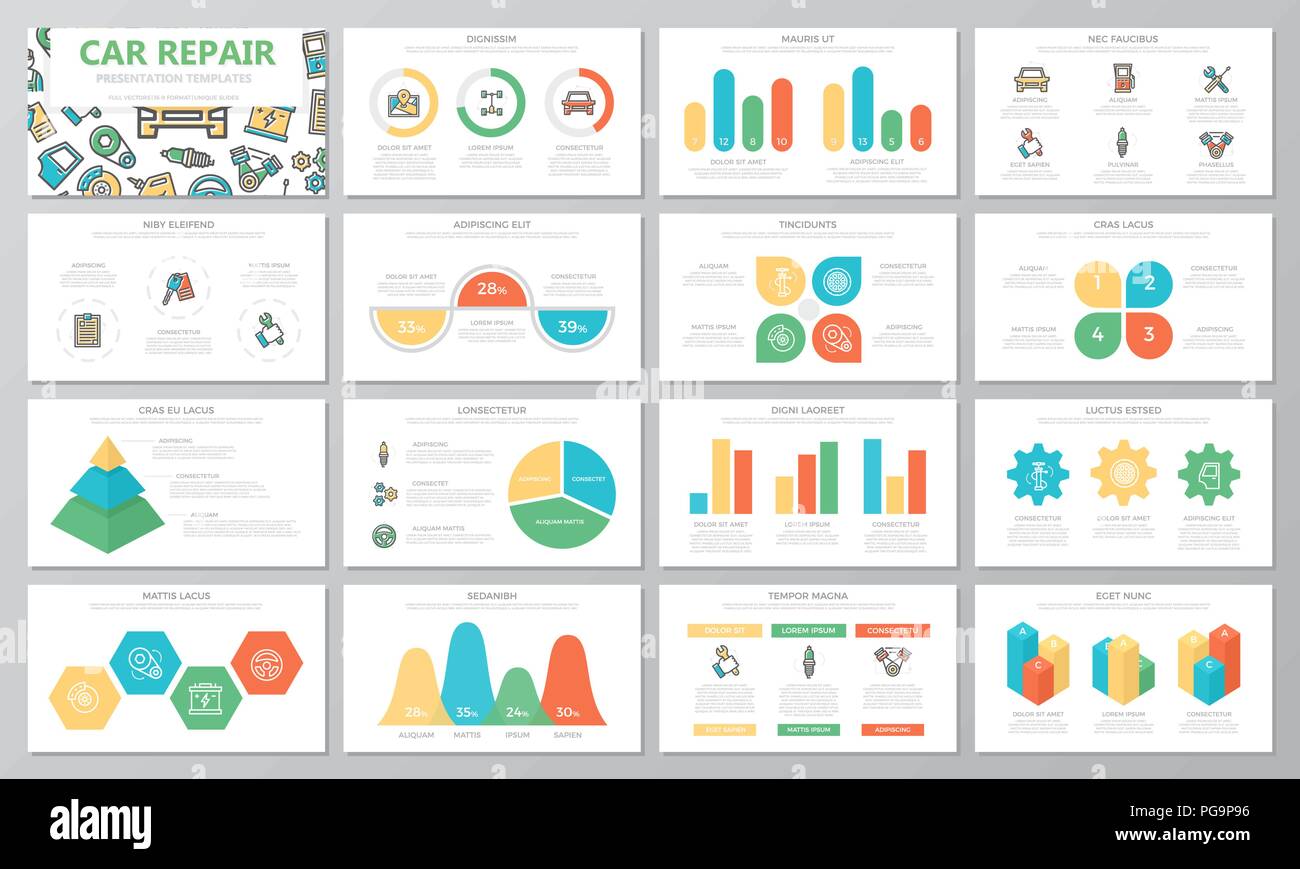Eager To Recognize What The Control Panel Caution Lights In Your Auto Indicate? Explore Their Definitions For The Health And Safety And Security Of Your Lorry
Eager To Recognize What The Control Panel Caution Lights In Your Auto Indicate? Explore Their Definitions For The Health And Safety And Security Of Your Lorry
Blog Article
Content Composed By-Hartley Stark
When you're behind the wheel, those radiant warning lights on your dashboard can be a little bit perplexing. Do you know what they're attempting to tell you concerning your vehicle's wellness? Recognizing the relevance of these lights is crucial for your security and the long life of your vehicle. So, the next time among those lights appears, would not you want to analyze its message accurately and take the necessary steps to address it?
Common Warning Lighting and Interpretations
Recognize common warning lights in your cars and truck and comprehend their definitions to ensure secure driving.
Click In this article of the most common warning lights include the check engine light, which signifies issues with the engine or exhausts system. If this light comes on, it's essential to have your automobile examined without delay.
https://holdengavoi.bloggosite.com/36784054/do-you-find-yourself-interested-by-the-misconceptions-related-to-auto-outlining-examine-the-truths-behind-these-false-impressions-and-find-the-benefits-of-professional-describing-for-every-single-automobile-owner warning light shows low oil stress, requiring immediate focus to prevent engine damage.
A flashing battery light may recommend a faulty charging system, potentially leaving you stranded otherwise attended to.
The tire stress tracking system (TPMS) light signals you to low tire stress, influencing vehicle stability and fuel efficiency. Neglecting this can result in hazardous driving problems.
The ABS light indicates an issue with the anti-lock braking system, jeopardizing your capability to stop rapidly in emergency situations.
Last but not least, the coolant temperature warning light warns of engine overheating, which can result in extreme damage if not fixed promptly.
Understanding https://remappingnearme61739.weblogco.com/30286282/the-upcoming-period-of-auto-outlining-trends-and-technologies-worth-watching will certainly assist you resolve concerns quickly and maintain risk-free driving conditions.
Significance of Prompt Attention
Understanding the common warning lights in your car is just the primary step; the relevance of promptly attending to these warnings can't be stressed enough to guarantee your safety when traveling.
When a warning light brightens on your control panel, it's your automobile's means of communicating a potential problem that needs focus. Ignoring these warnings can result in much more serious troubles later on, compromising your security and potentially costing you a lot more out of commission.
Prompt interest to cautioning lights can protect against break downs and accidents. As an example, a flashing check engine light could suggest a misfire that, if left neglected, could trigger damage to the catalytic converter. Addressing this immediately can save you from an expensive repair.
In a similar way, a brake system warning light might signal low brake fluid or worn brake pads, important elements for your safety and security when driving.
Do It Yourself Troubleshooting Tips
If you notice a caution light on your control panel, there are a few DIY troubleshooting suggestions you can attempt before looking for professional help.
The first step is to consult your auto's manual to recognize what the particular caution light shows. Occasionally the concern can be as simple as a loosened gas cap causing the check engine light. Tightening up the gas cap might resolve the issue.
Another common issue is a reduced battery, which can set off various cautioning lights. Inspecting the battery links for rust and guaranteeing they're protected might take care of the trouble.
If a caution light persists, you can attempt resetting it by detaching the automobile's battery for a couple of minutes and then reconnecting it. In addition, inspecting your car's fluid levels, such as oil, coolant, and brake fluid, can help troubleshoot advising lights related to these systems.
Conclusion
In conclusion, recognizing your auto's warning lights is crucial for keeping your automobile running smoothly and safely. By quickly dealing with these informs and understanding what they indicate, you can avoid costly repair work and possible malfunctions.
Bear in mind to consult your automobile's handbook for specific information on each cautioning light and take action accordingly to ensure a trouble-free driving experience.
Keep informed, remain risk-free when driving!
